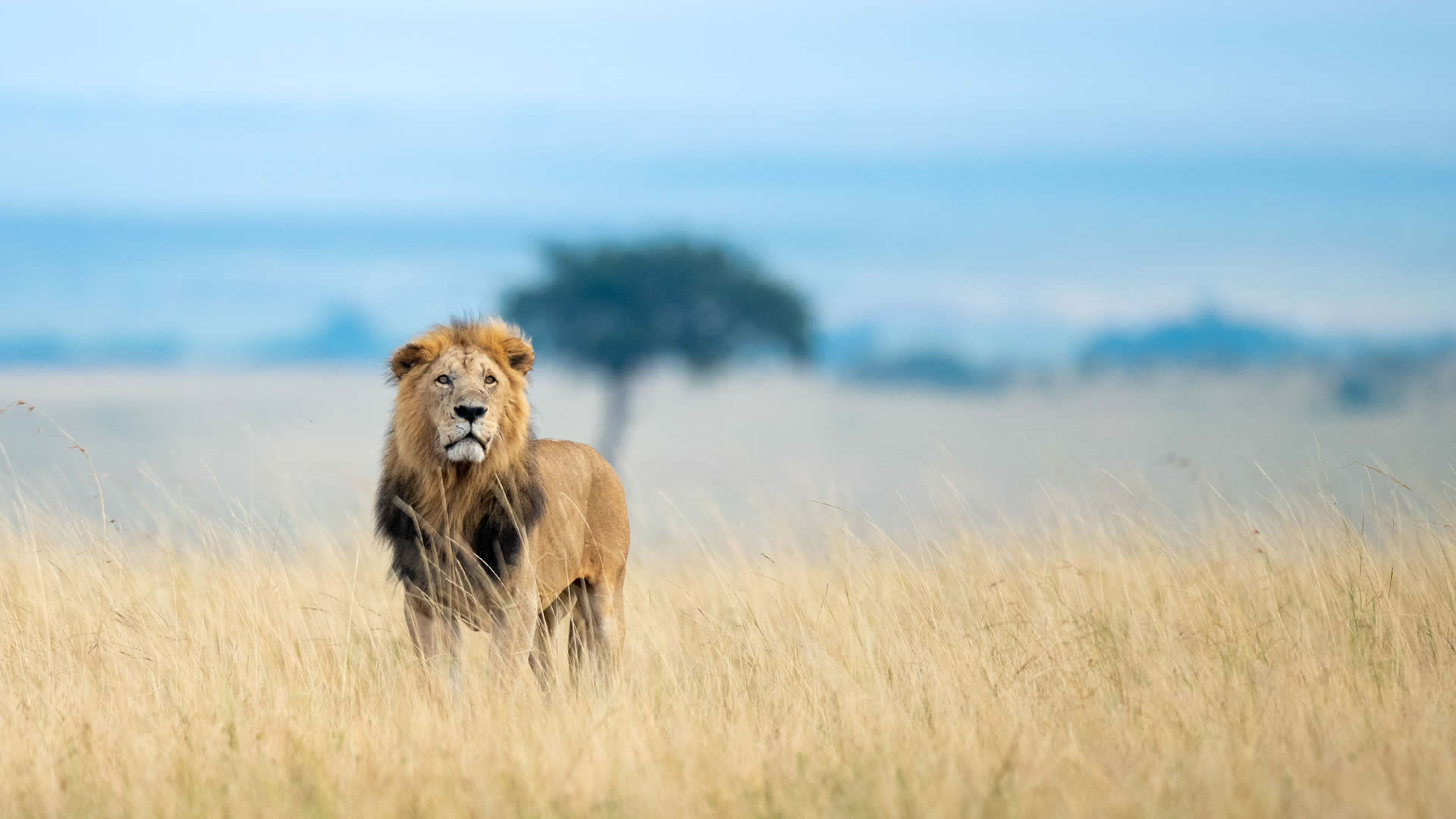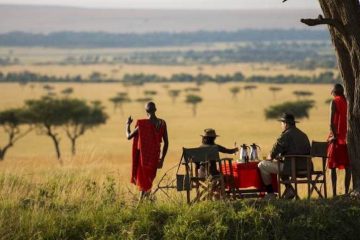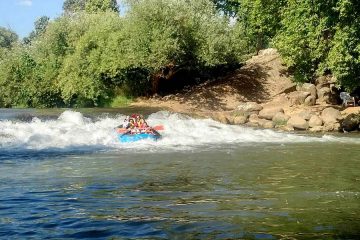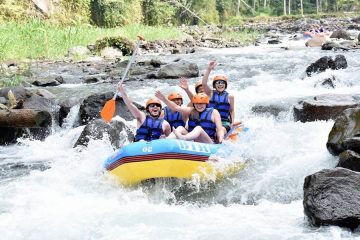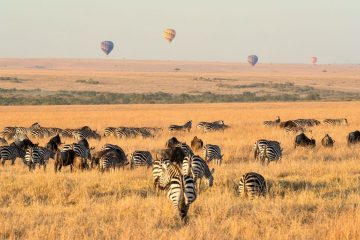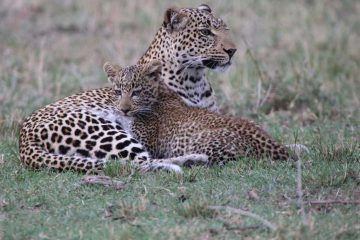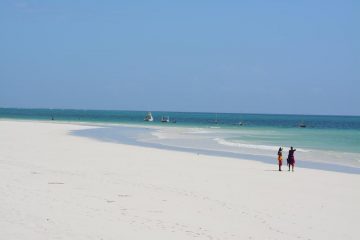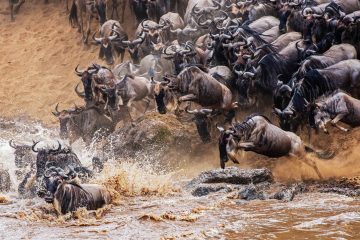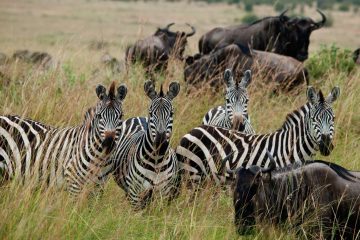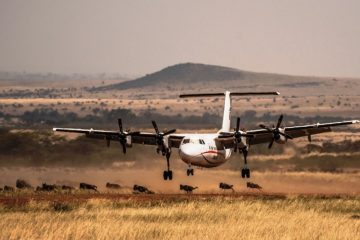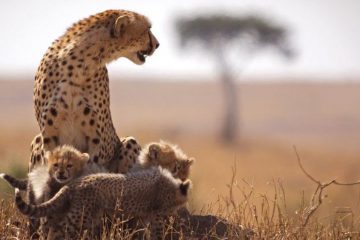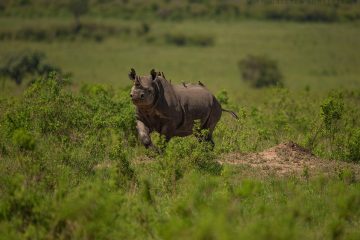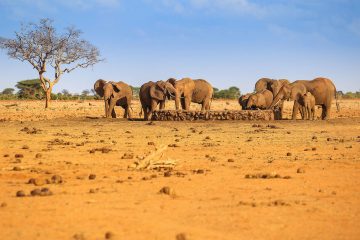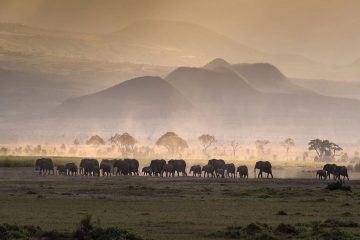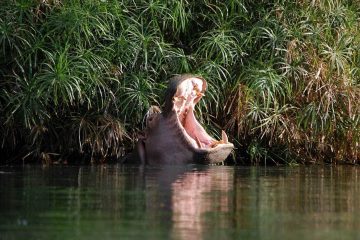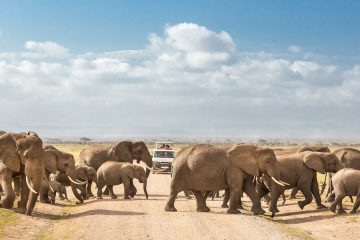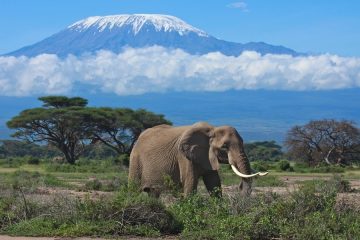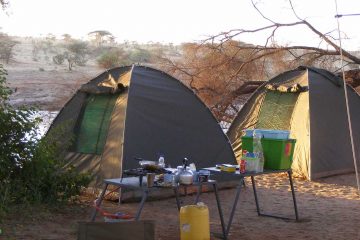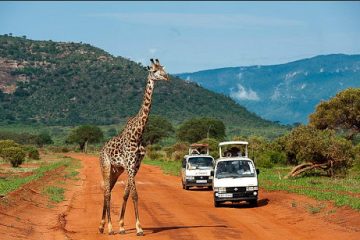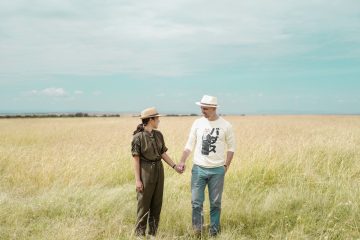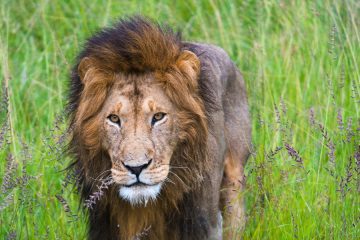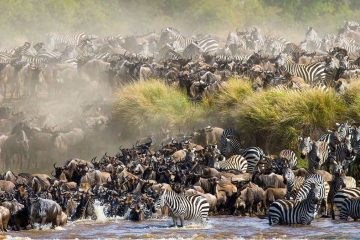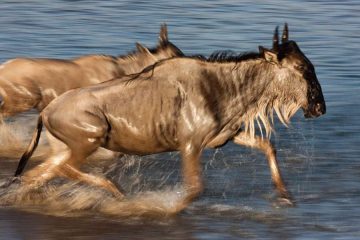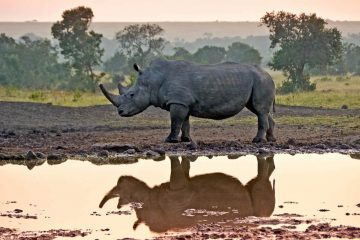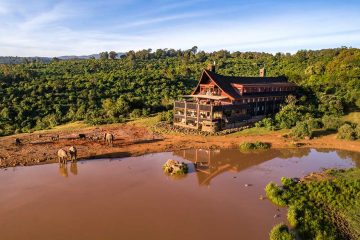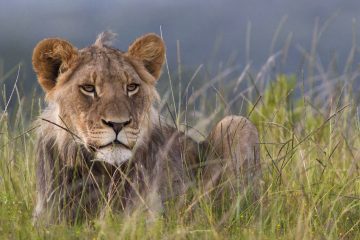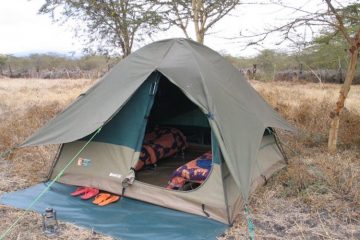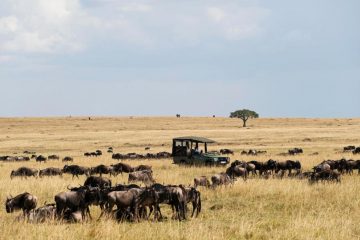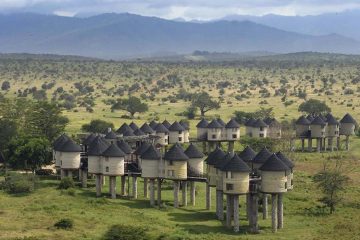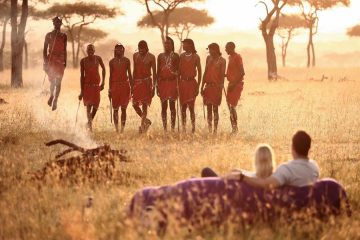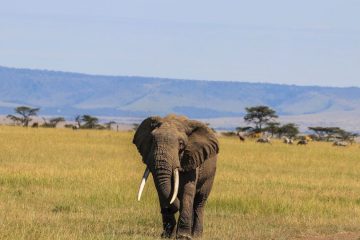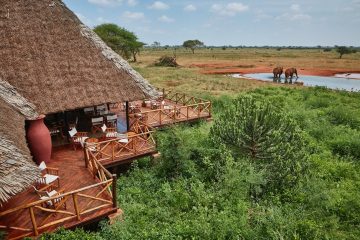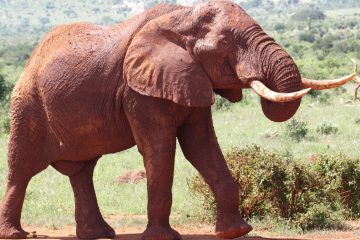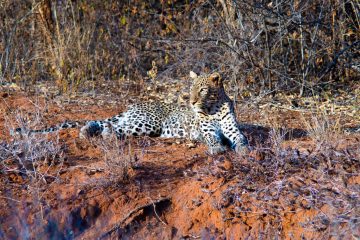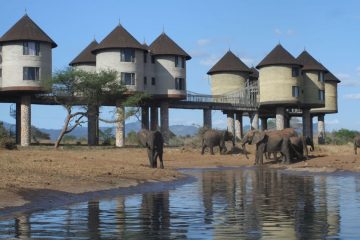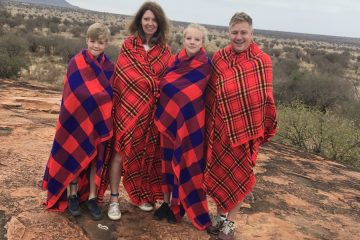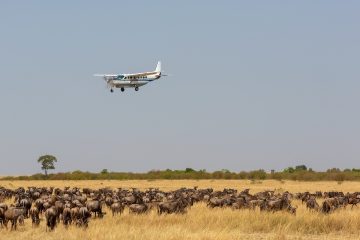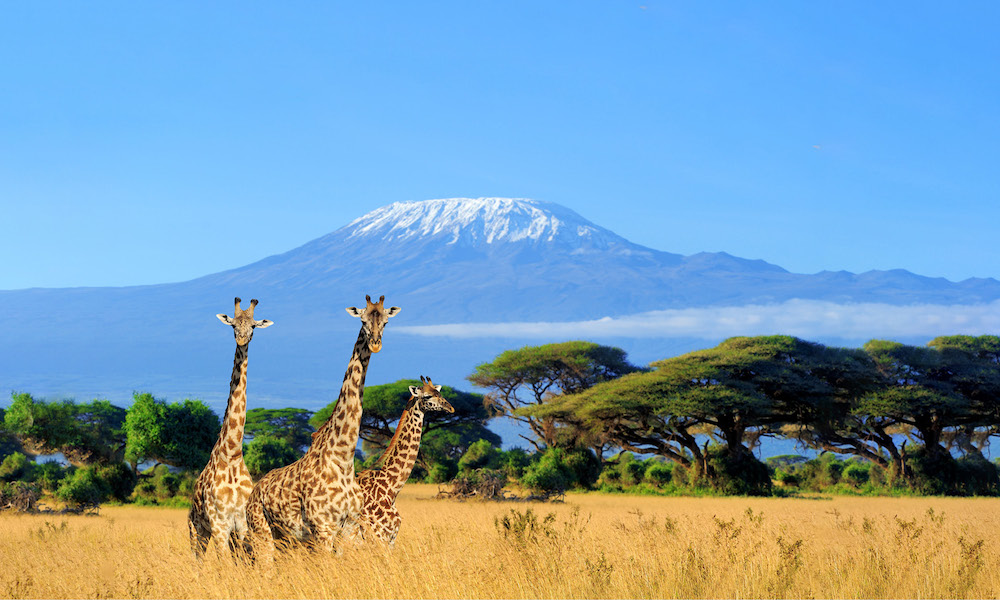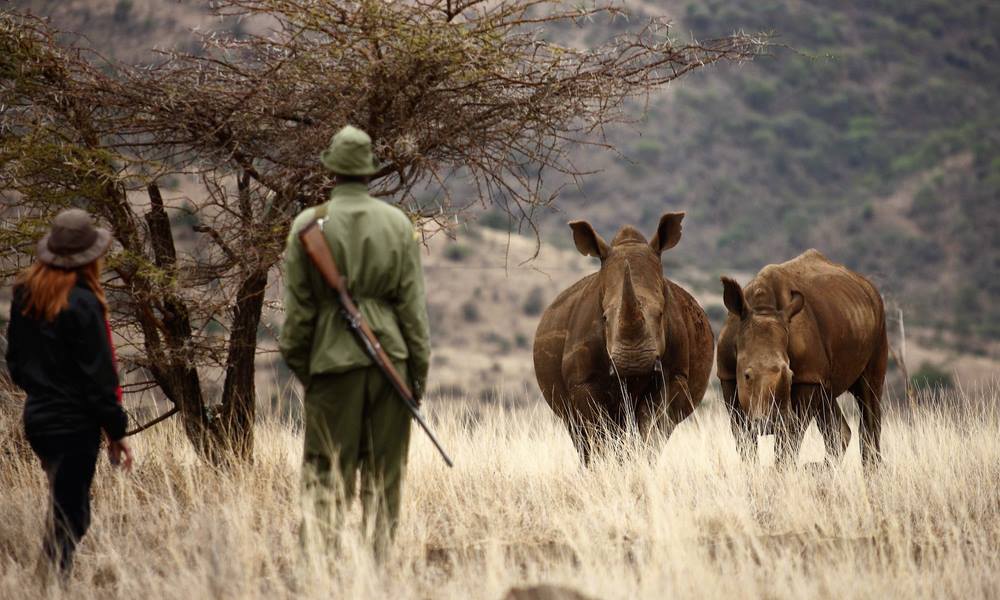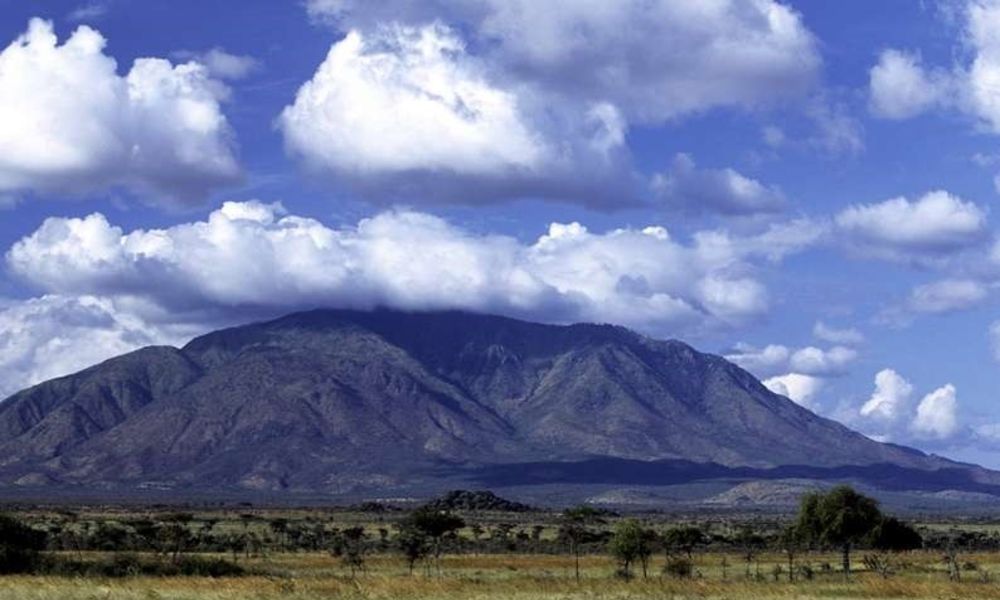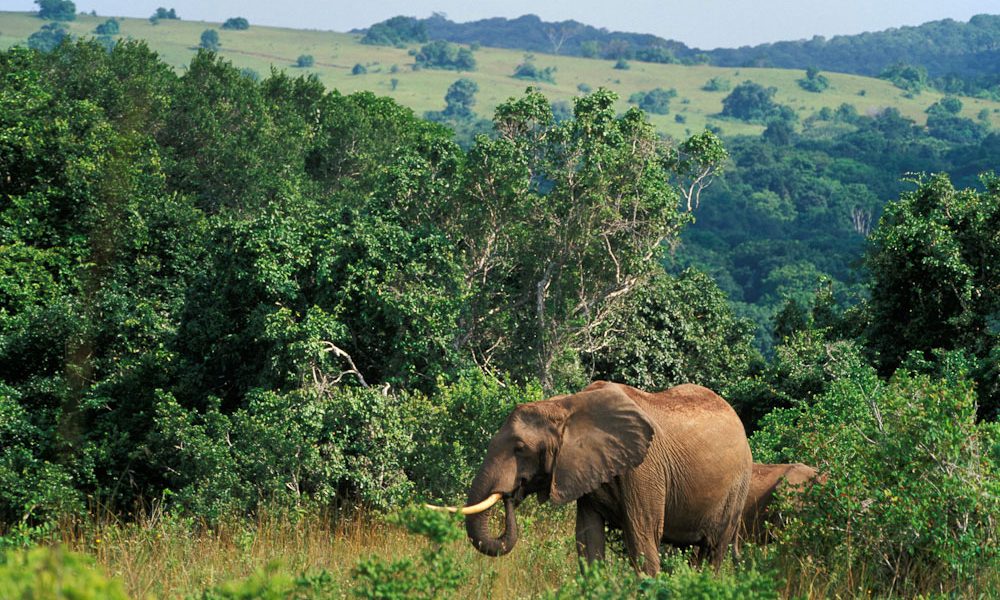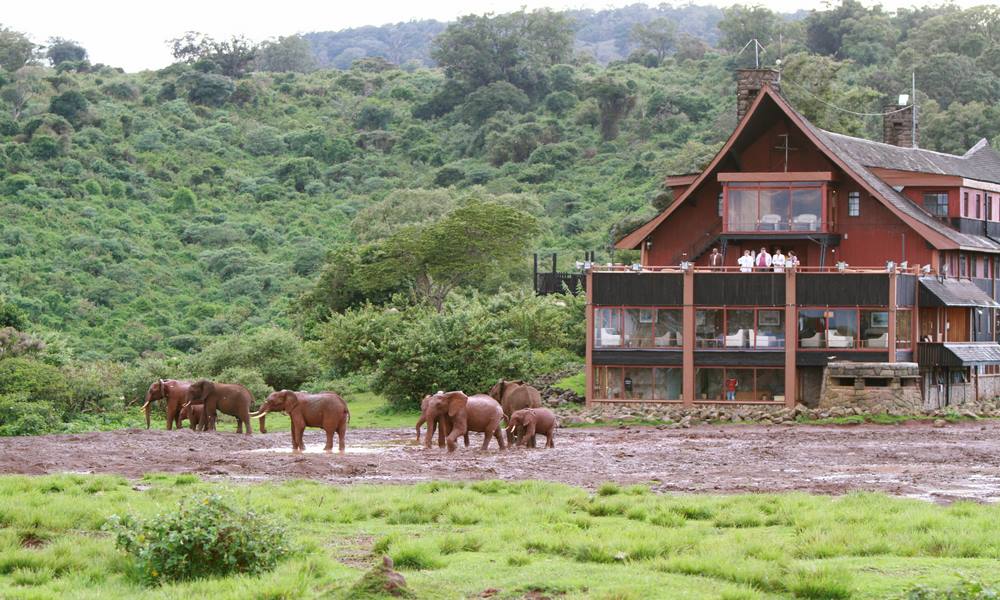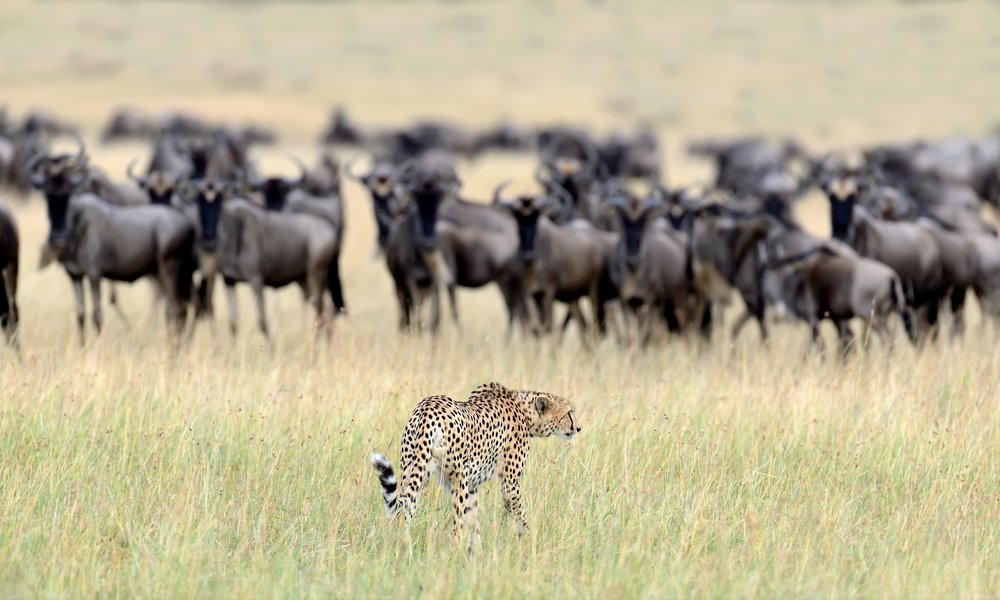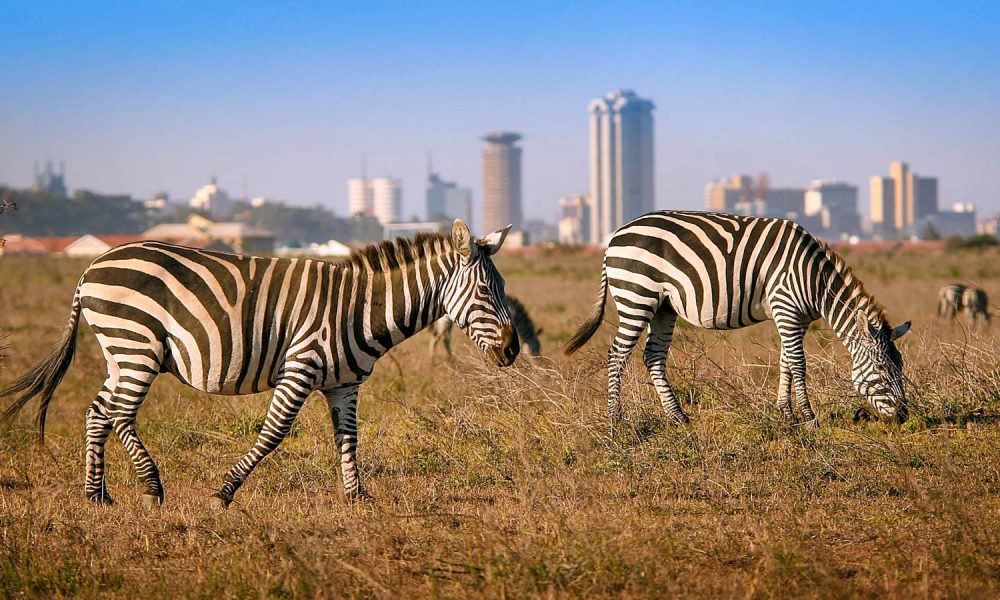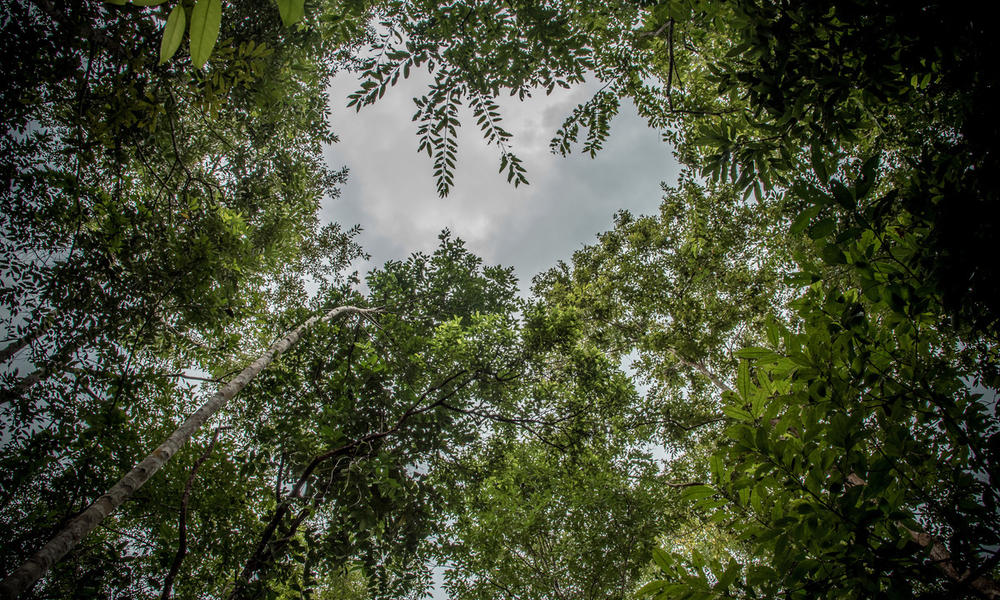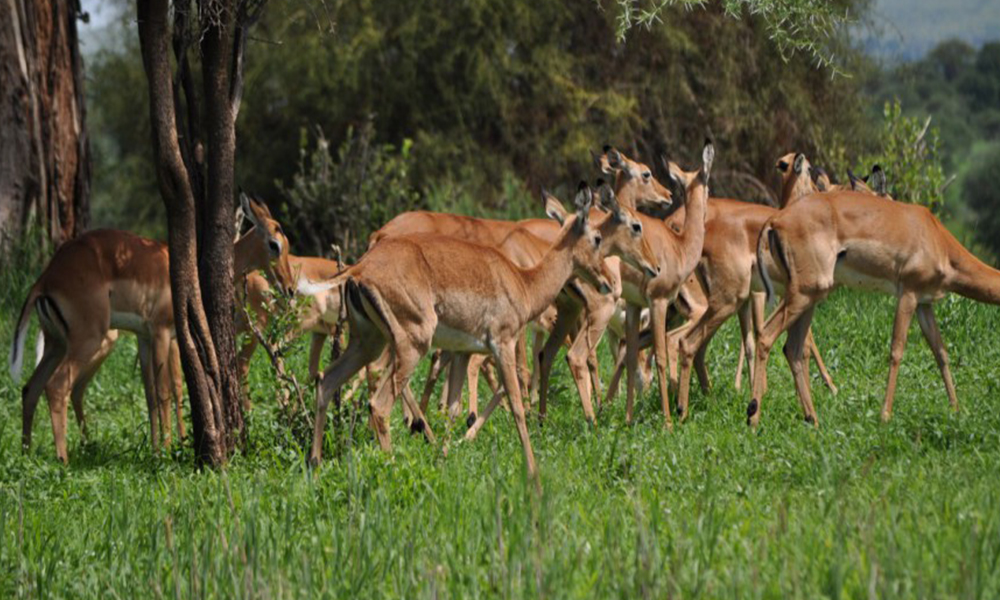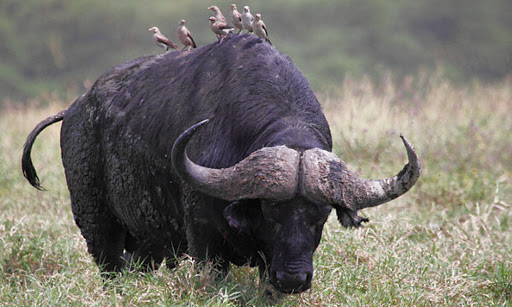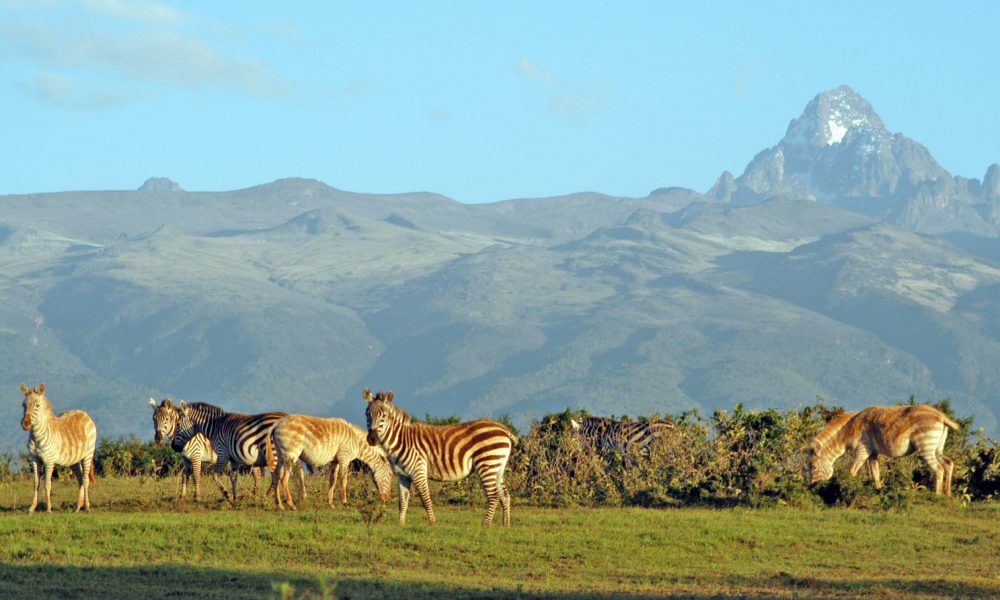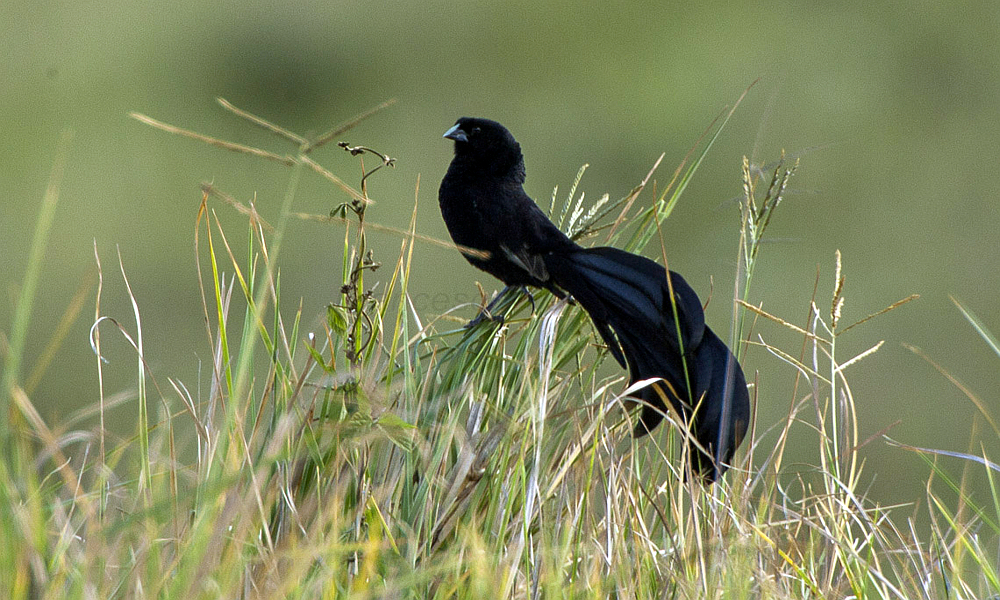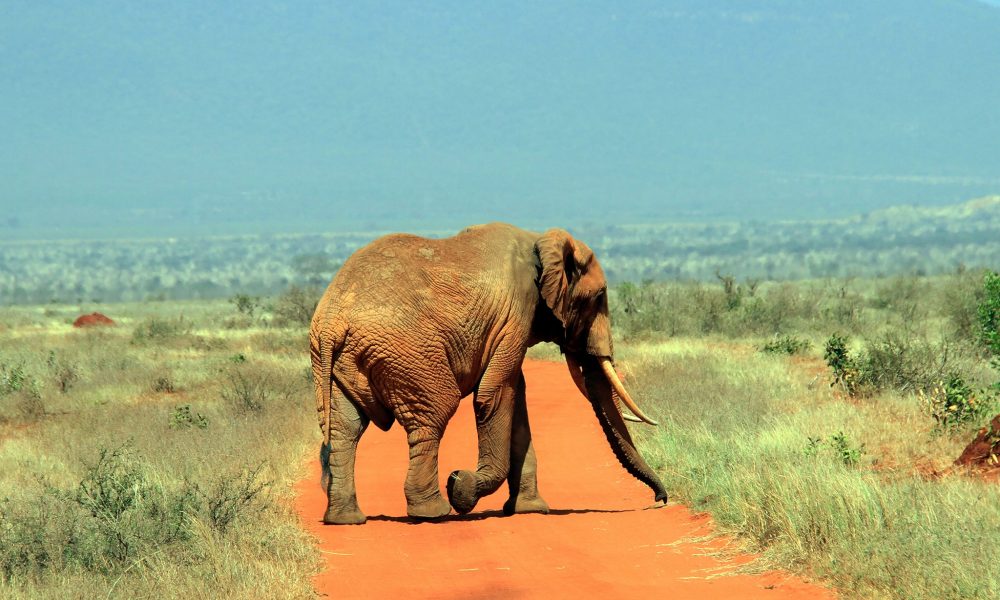Masai Mara National Reserve is one of the most exceptional wildlife areas in Kenya but unlike other wildlife reserves, it is not under the administration of Kenya’s Wildlife Services but the surrounding local community. Masai Mara is situated on the Southwestern border of Kenya and Tanzania and it meets the Serengeti National Park and together they host one of the most spectacular wildlife scenes – the Great Migration considered to be one of the “Seven New Wonders of the World”.
There are no barriers dividing the point where the two nations – Kenya and Tanzania meet as well as no physical fences between the reserve and national park as well as the nearby private conservancies. This enables unconstrained movement of the wild animals as they migrate between the North and South a thing they have done for several decades.
Masai Mara is one of the very popular tourist destinations in Africa. The Masai Mara National Reserve along with the Serengeti National Park inhabits one of the highest numbers of wildlife worldwide and is the marching ground for the Wildebeest Migration. When considering a trip to Africa, the Masai Mara usually stands out and justifiably does so because of this spectacle.
The Masai Mara reserve rewards its guess with endless views over its wide savannahs rich with over two million wildebeest being stalked by predators nearby waiting to pounce. Masai Mara wildlife reserve is one half of the Mara-Serengeti ecosystem which sits on twenty five thousand (25,000) square kilometers and generally has no boundaries between it and many of the private conservancies surrounding it including the Serengeti National Park in Tanzania.
There are a number of lodges and camps in Masai Mara ranging from budget friendly to luxury and each of the surrounding conservancies presents you with a drop of Masai Mara. Kenya Safari tours that are longer in duration with visits to multiple parks include Safari Desire’s 11 days Family Kenya safari, starting and ending in Nairobi.
The Masai Mara Safari Experience
As the seasons in Africa change from rainy to dry, the animals that reside in the plains move so that they can be able to survive. They migrate in the direction of the rains which are essential for the growth of pasture that the animals depend on. When the grass in one section becomes depleted, the animals move to another section with lush grass in a constant cycle from the North to the South and then from the South to the North. On their journey while looking for grass, the migrating herd along with the resident plains’ animals often trespasses into predator land. It may look as though the predators are stalking the plains animals for food as they migrate yet predators are very territorial animals and are willing to fight for what they consider their territory once they feel they are being threatened. Many of the plains animals lose their lives during this migration since any animals that cross into another’s territory are considered a threat.
On of the shortest safari tours that you can do in Masai Mara is our 3 days Masai Mara Lodge safari that starts and ends back in the capital Nairobi.
What to do | Safari activities in the Masai Mara Reserve
- Game Drives
- Balloon Safaris
- Bird Watching
- Cultural Safaris
- Great Migration Viewing Safaris
- Walking Safaris
Wildlife in Masai Mara National Reserve
During your Safari in Masai Mara all year round you will be able to view the big cats that are very popular in addition to various herbivores since some of the animals that do not migrate all year long will be present in large numbers. These include zebras, back rhinos, giraffes, leopards, warthogs, crocodiles, baboons, lions, hyenas, cheetahs, hippos and elephants, The Wildebeest migration is an extraordinary event to watch as huge numbers of wildebeest, zebras, and elands migrate through the plains however, there are always crowds of tourists wanting to see this exceptional event.
Where to Stay | Accommodation in Masai Mara
Masai Mara is a charming picturesque destination which has some really fancy delightful lodges and camps that can indulge and spoil you during your Mara getaway. You can opt for mobile camps so that you can follow the migration to ensure that you are in the best spot to watch the spectacle of the movement of the huge herds of animals through the plains. Most of the camps in the area are permanent but they have highly qualified and experienced guides who have excellent knowledge of the area who treat the tourists to the beauty of wildlife. During the lengthy wet season, a number of camps shut down in the months of April and May.
They also have family friendly camps and lodges that provide child friendly activities, rooms suitable for families to ensure you have a fun and memorable experience as a family in the wild. See our 11 days Family safari in Kenya which you can book as it is, but if you need a tailor made Kenya family safari, please do no hesitate to contact our travel experts any time.
You could relax in a hot air balloon as you float over Masai Mara and get to truly experience the expanse of the land. You could decide to trek through the reserve with an experienced native Masai guide to tour the savannah.
Accommodation Options
Below we bring some among the many accommodation facilities found in the Masai Mara National Reserve.
Serian Camp: It is situated in Mara North Conservancy and is one of the few camps that provide you with an opportunity to take a break from the hustle of your everyday life and kick back, relax and embrace the wild. It is an excellent option if you are travelling with your family with people of varying ages.
Governors II Moran: This camp is for the lovers of a lavish and elegant type of accommodation while on a safari. Governors II Moran is a tiny and charming camp for people looking for romance in the wild. All the tents are on the edge of River Mara and are protected from the sun by some old trees.
Cottars 1920’s Camp: This camp is located within its concession on the boundary of Masai Mara wildlife reserve. It provides you with an “Out of Africa” type of tour experience with a touch of the ancient age. Lodging is mainly in lavish deluxe tents with private bathrooms. It also has a spa and swimming pool area which is a great spot to relax after a morning game drive.
Rekero Camp: This camp is seasonal and is set up above River Talek where you will have the front seat to view the large numbers of wild animals that move during the Wildebeest migration. You will be sleeping in a traditional luxury safari tent. You can explore the beauty of Masai Mara by trekking through the area or on a game drive which both have to be conducted by Masai Mara.
Best time to visit | Climate of Masai Mara Reserve
Masai Mara sits at an altitude ranging from 4000 to 7000 feet and has moderate temperatures with limited fluctuations in temperature. During the day, temperatures have highs of up to 30°C or 85°F and lows of 15°C or 60°F at night. The heaviest rain pours during the months of March and May and the second rainy season is during November and December.
Heavy rains make the reserve roads slippery and hard to use and during the dry season most of the wild animals gather near the many sources of water to cool off and to drink water. During July and October, the park experiences sunny conditions and the vegetation is rich and abundant. This is the most recommended time to visit Masai Mara and see the wildlife.
How to get to Masai Mara Reserve | Getting there
Masai Mara is located approximately 270 kilometers from Nairobi, the capital city of Kenya. If you are driving there, your trip will last about six (6) hours.
Flights to Masai Mara: There are only two scheduled flights that set off from Wilson Airport in Nairobi every day to the reserve. You can opt for a flight instead of driving on road. You can easily combine your Masai Mara Wildlife safari with tours to other destinations you would like to visit across Kenya or the coast thanks to the daily flights. You can also privately charter a plane from wherever you are.

